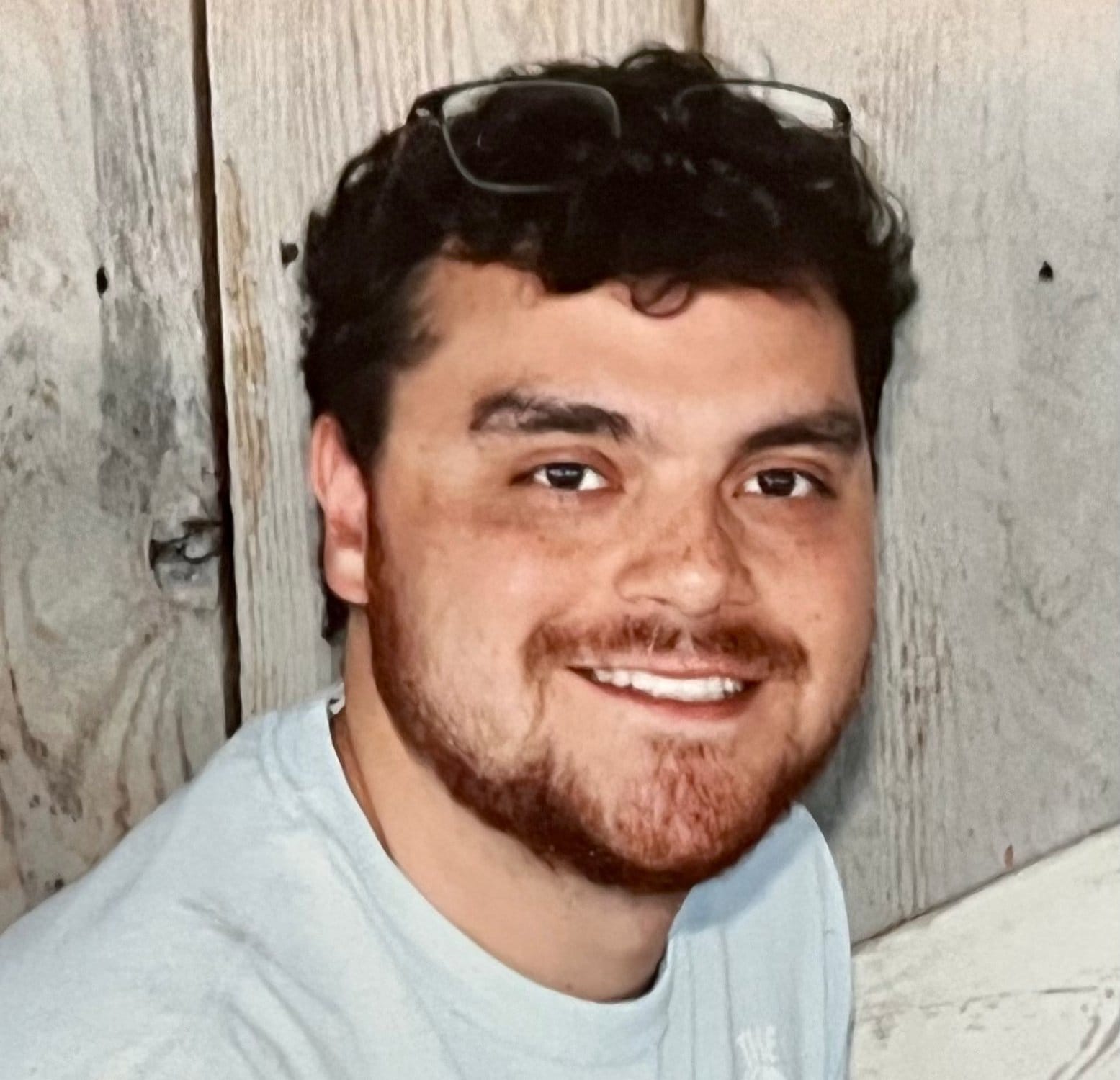

Overview
Vistapath is Building the Next-Generation Pathology Lab
The Problem
Vistapath Needed Annotation Tooling Their Histologists Could Easily Use
In order to improve the safety and efficiency of grossing, Vistapath developed the Sentinel, a device that sits on the grossing workstation and augments histologists’ work with a tissue detection model. The labs Vistapath serves can use a variety of histology cassettes and background substrates.
The technical team at Vistapath is concerned with building and training computer vision models that are robust to all types of variations in appearance. In order to do this successfully, the data scientists working on these models need hundreds to thousands of images accurately annotated and processed efficiently in order to improve the quality of their algorithms.
Given the expertise needed to annotate images of tissue samples, Vistapath knew they needed an annotation tool their histologists and experts could easily use. Vistapath began by using an open-source annotation tool to label the tissue samples. The open-source tool, however, lacked automation and could not effectively scale with Vistapath’s needs.
The Vistapath team then tried a tool with more automation, such as human-in-the-loop segmentation algorithms to accelerate annotation. This other vendor, however, could not meet Vistapath’s security and compliance requirements. The team at Vistapath needed a partner who not only provided the annotation automation tools they needed to accelerate labeling but also could meet their strict security and compliance requirements.

The Solution
Scale Studio Gives Vistapath the Automation and Auditing Tools They Needed
Vistapath chose to partner with Scale and use Studio because "Scale is the known name-brand. Nobody is going to question us from a security or compliance perspective when working with Scale," explained Jacob Guggenheim, VP of Engineering at Vistapath. In addition to meeting Vistapath's compliance requirements, Studio also provided the automation tools to help their internal labelers and specialists label data more efficiently and auditing tools to help reviewers confirm the accuracy of annotations. "The team that does the labeling like Studio a lot, and we are confident that the data we send to Scale is in safe hands," added Guggenheim.
The Result
Vistapath is Improving Pathology Labs and Enhancing Patient Experience
Since partnering with Scale, the Vistapath team saw an accelerated rate of annotation and increased productivity for their ML team. “Using Studio has also allowed us to iterate on our taxonomy very easily. The ability to quickly label new data on new taxonomies has been very smooth and has led to model improvements,” said Daniel Sturniolo, Sr. ML Engineer at Vistapath. Beyond serving as Vistapath’s annotation tooling, “Scale Studio also serves as a data warehouse for our team, providing a central location where datasets are stored and can easily be queried,” added Guggenheim.
As Vistapath's tissue detection model continues to improve with more and better data, histologists and pathologists can expect faster and more accurate grossing reports to improve diagnostics and enhance patient outcomes.
